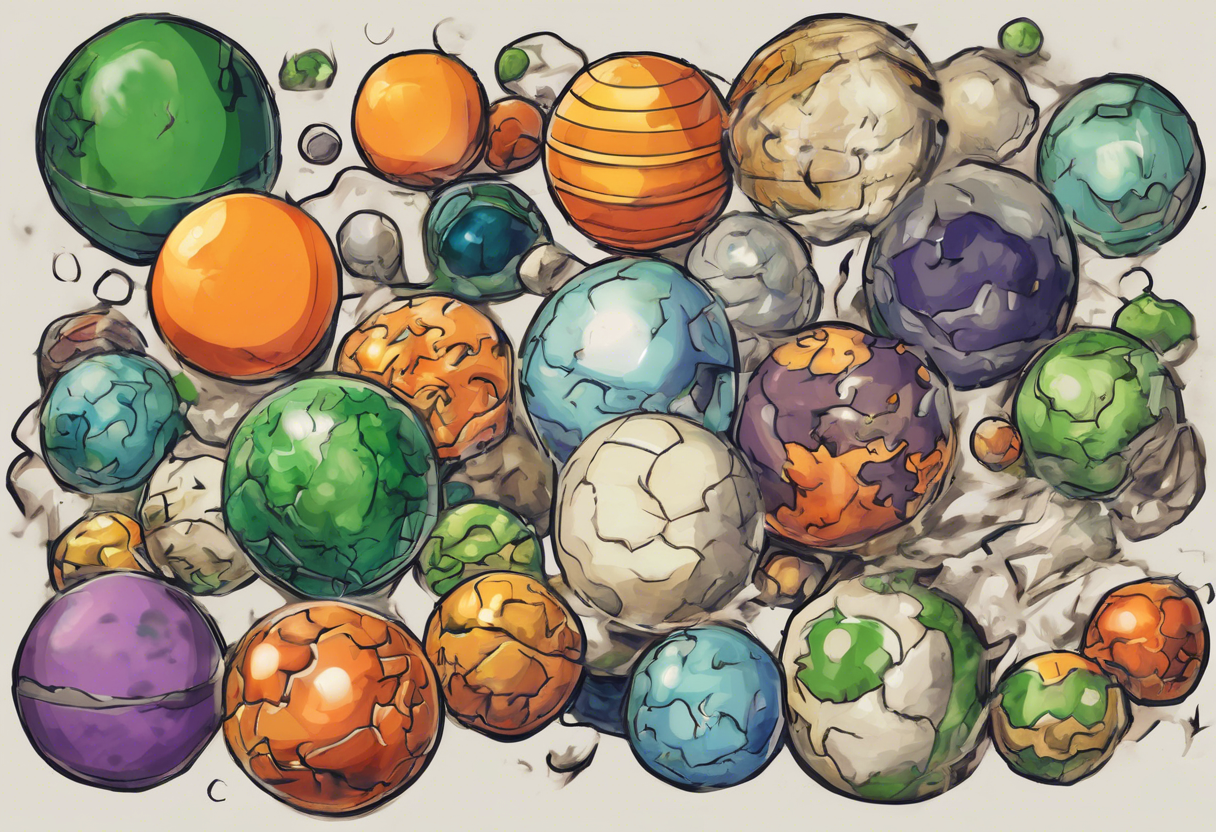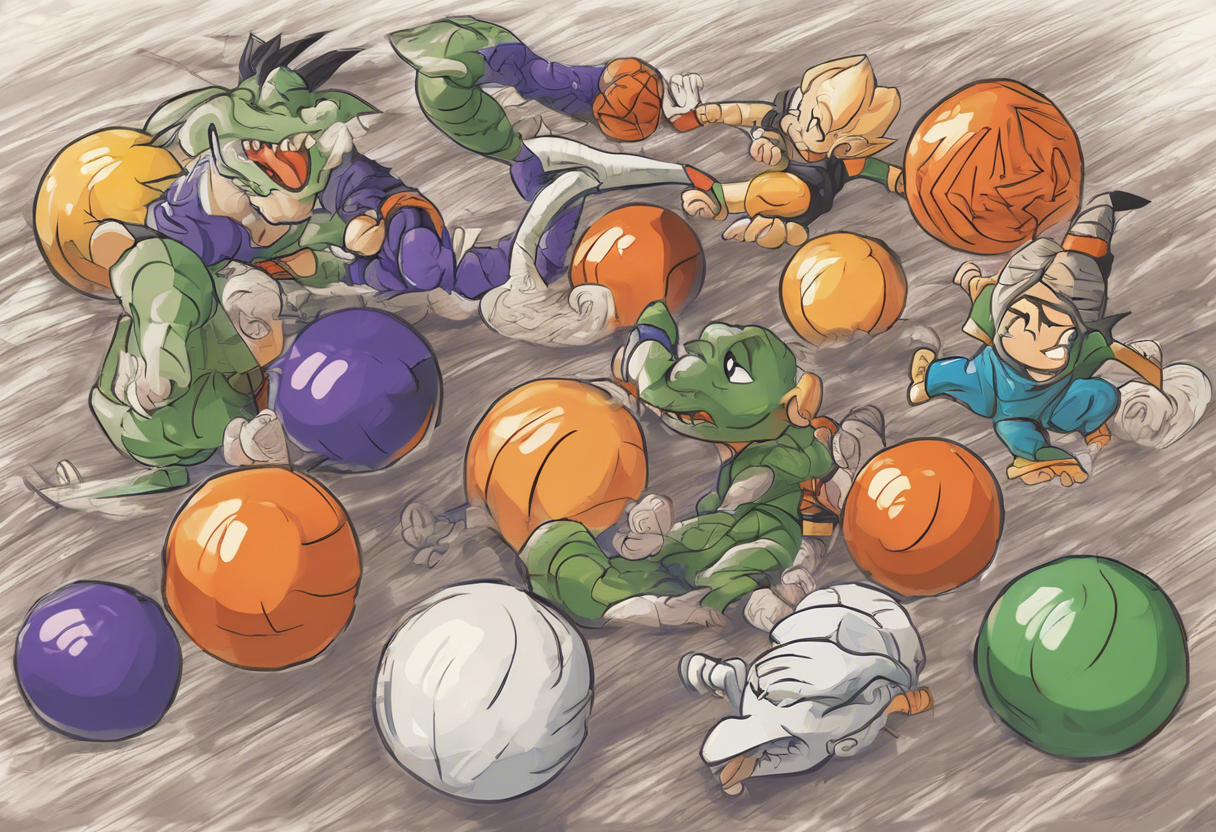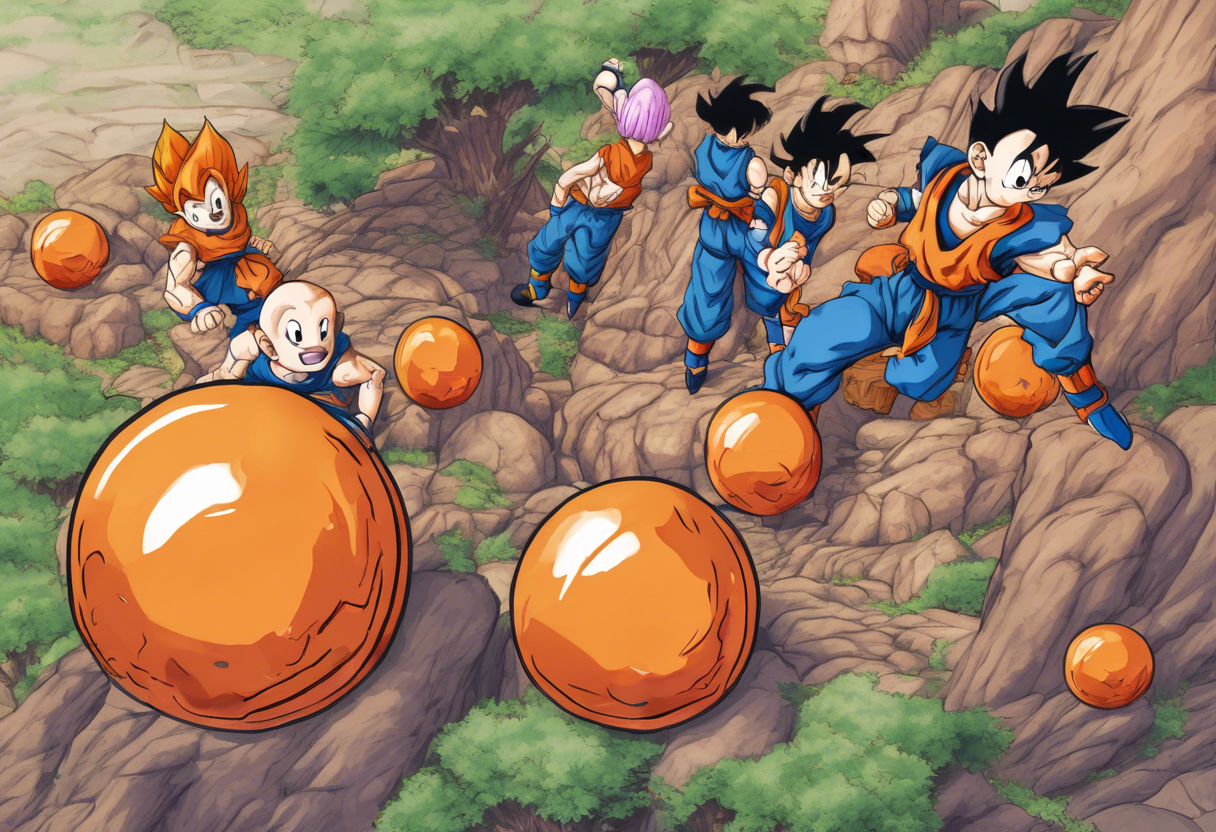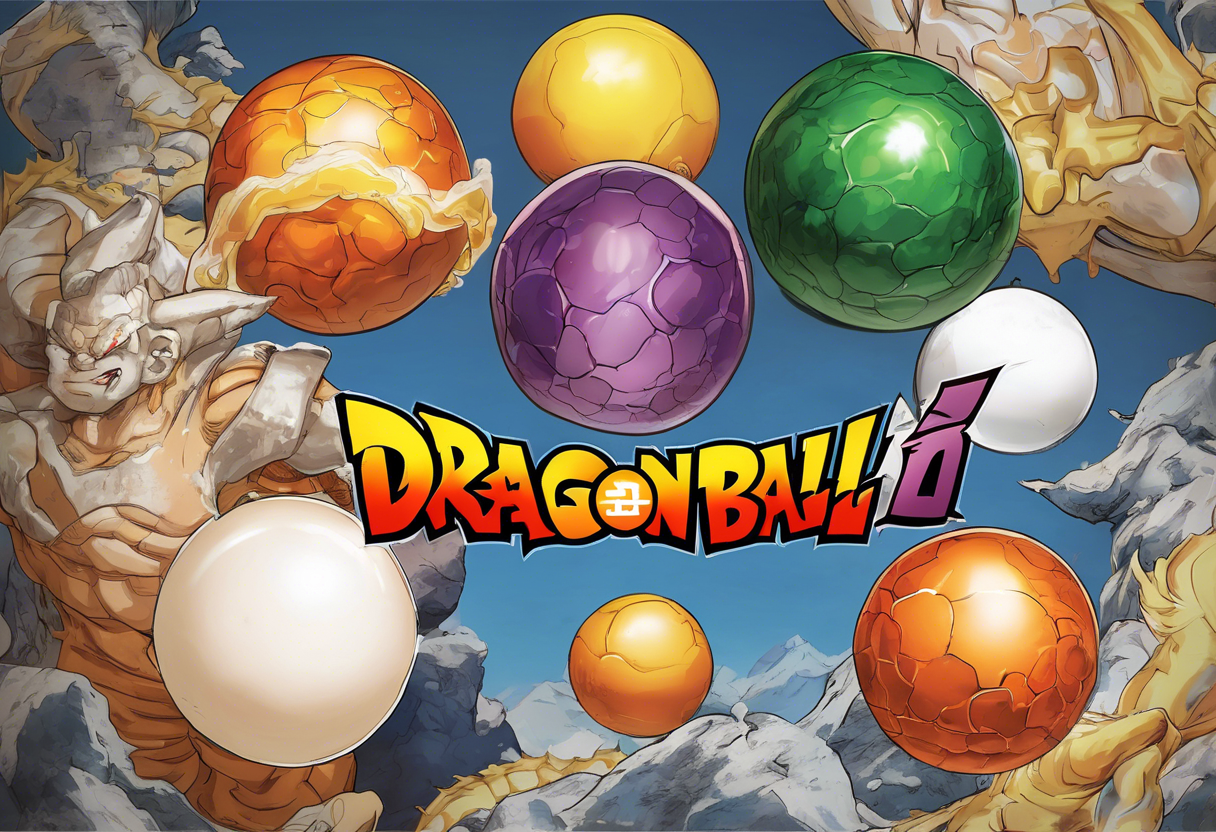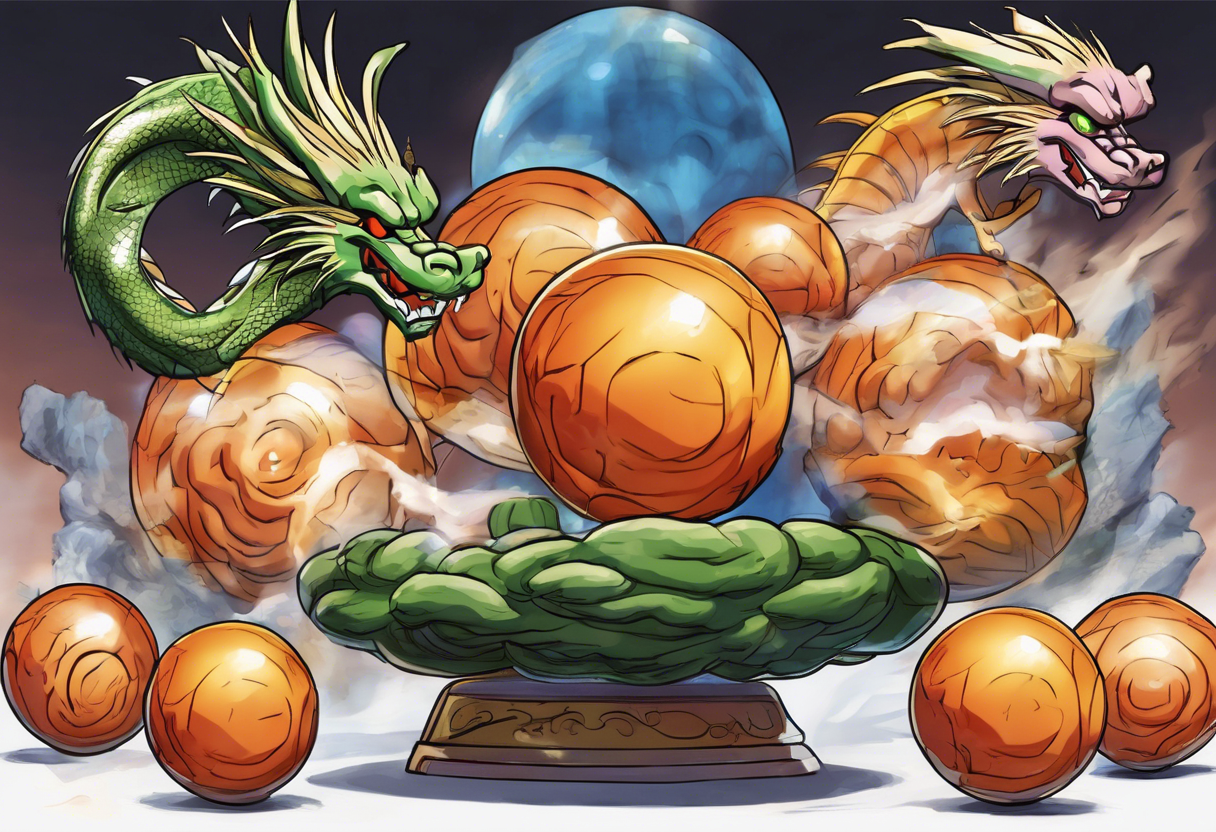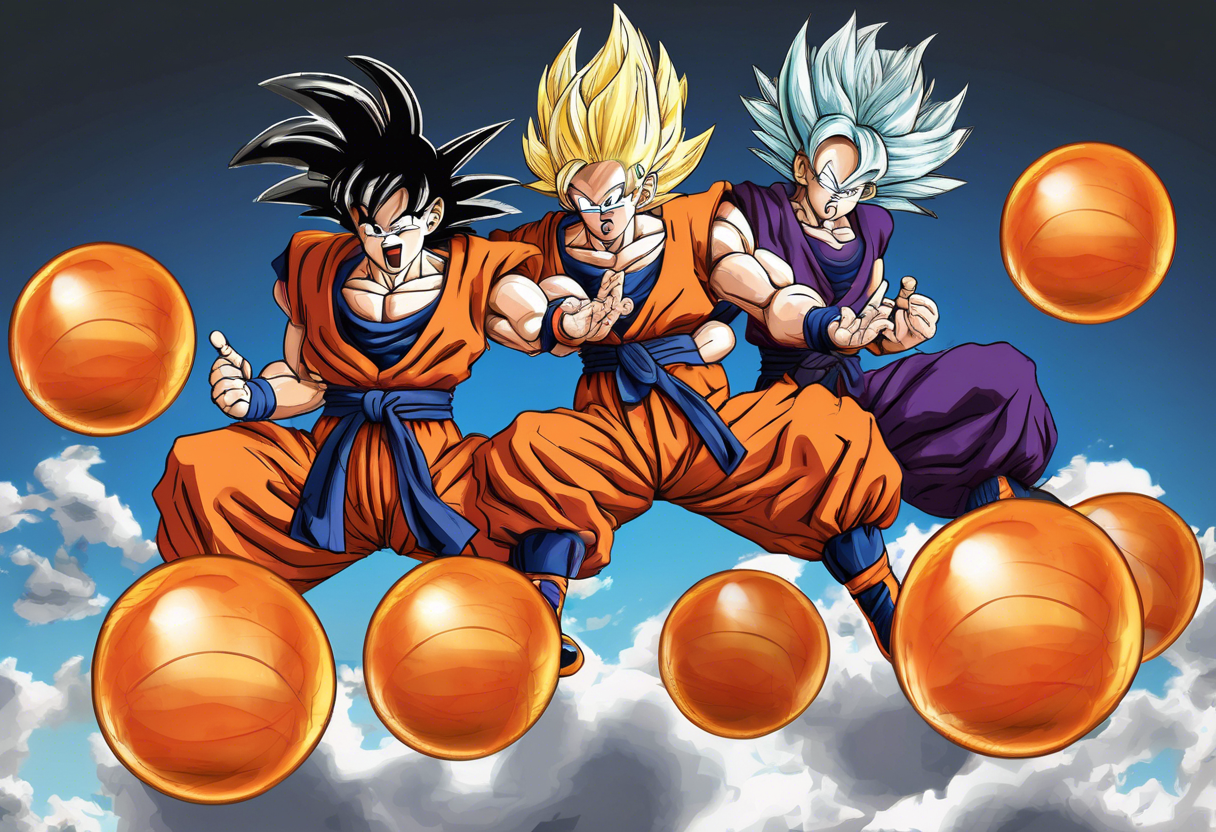Contents
The Dragon Ball Anime: A Comprehensive Overview
Introduction
The anime series Dragon Ball, produced by Toei Animation, is a seminal work in the world of Japanese anime and manga. It is based on the manga of the same name written and illustrated by Akira Toriyama, which was first published in Weekly Shonen Jump in November 1984[2][5].
The anime adaptation of Dragon Ball premiered on Fuji TV on February 26, 1986, and ran for 153 episodes until its conclusion on April 19, 1989[1][4].
The series was directed by Daisuke Nishio and Minoru Okazaki, with Akira Toriyama serving as the original creator and writer of the manga. The production involved a team of talented individuals, including character designers and composers, who helped bring Toriyama’s vision to life.
What sets Dragon Ball apart is its unique blend of martial arts, adventure, and fantasy elements, which resonated deeply with the shounen demographic. The series began as a reimagining of Toriyama’s earlier work, Dragon Boy, which featured a protagonist named Tangtong. However, Dragon Ball quickly evolved into a distinct narrative centered around Goku and his friends[4].
Plot Summary
The plot of Dragon Ball follows the journey of Son Goku, a young boy with superhuman strength, and his friends as they search for the seven Dragon Balls. These magical orbs have the power to grant any wish when gathered together. The series is divided into several sagas, each with its own set of challenges and adversaries.
The early episodes focus on Goku’s childhood adventures, where he meets Bulma, a genius inventor, and Oolong, a shape-shifting pig. Together, they embark on a quest to find the Dragon Balls, facing various enemies and making new friends along the way, including Yamcha, a powerful martial artist, and Puar, Yamcha’s shape-shifting cat companion[1][4].
As the series progresses, Goku and his friends encounter more formidable foes, such as the Red Ribbon Army and Emperor Pilaf. These conflicts drive the narrative forward, showcasing Goku’s growth and the development of his friendships and alliances.
A significant portion of the series is dedicated to the World Martial Arts Tournament arcs, where Goku and his friends compete against other powerful fighters. These tournaments serve as pivotal moments in the series, highlighting character development and the escalation of stakes[4].
Themes and Symbolism
Dragon Ball explores several central themes that contribute to its enduring appeal. One of the most prominent themes is the importance of friendship and camaraderie. Goku’s relationships with his friends and allies are a cornerstone of the series, demonstrating how unity and mutual support can overcome even the most daunting challenges.
Another key theme is personal growth and self-improvement. Goku’s journey from a naive and powerful child to a wise and compassionate adult is a compelling arc that resonates with audiences. The series emphasizes the value of hard work, perseverance, and the pursuit of one’s goals[4].
Symbolism also plays a significant role in Dragon Ball. The Dragon Balls themselves symbolize the power of wishes and the consequences that come with them. The series often explores the moral implications of having such immense power, cautioning against the misuse of wishes and highlighting the importance of responsible decision-making.
The character of Goku, with his pure heart and strong sense of justice, serves as a symbol of hope and inspiration. His unwavering commitment to protecting his friends and the world around him makes him an iconic figure in anime history[4].
Cultural Impact
Dragon Ball has had a profound cultural impact since its release. The series was a massive hit in Japan and quickly gained international recognition, becoming one of the most popular anime series of all time. It has influenced numerous other anime and manga series, and its impact can be seen in various aspects of popular culture.
The series’ unique blend of action, comedy, and drama has made it a staple in many countries, with translations and dubs available in multiple languages. The franchise has expanded to include several movies, video games, and merchandise, further solidifying its place in popular culture[3][5].
Dragon Ball has also been referenced and parodied in numerous other media, including TV shows, films, and music. Its iconic characters and scenes have become part of the cultural lexicon, making it a recognizable and beloved franchise worldwide.
Critical Reception
Upon its release, Dragon Ball received widespread acclaim from both critics and audiences. The series was praised for its engaging storyline, memorable characters, and high-quality animation. The blend of humor, action, and heartwarming moments made it appealing to a broad audience.
Over the years, the series has continued to receive positive reviews, with many considering it a classic of the anime genre. However, some critics have noted that the pacing of the early episodes can be slow compared to modern standards, and the animation quality varies throughout the series[1][4].
Despite these minor criticisms, Dragon Ball remains highly regarded for its contribution to the anime industry and its enduring popularity. It has inspired countless fans and creators, and its influence can still be felt in contemporary anime and manga.
Legacy
The legacy of Dragon Ball is immense and far-reaching. The series has inspired a generation of animators, writers, and artists, and its influence can be seen in many subsequent anime and manga series. The franchise has continued to evolve with sequels such as Dragon Ball Z, Dragon Ball GT, and Dragon Ball Super, each adding new layers to the narrative and expanding the universe created by Akira Toriyama[3][5].
Dragon Ball continues to be a source of inspiration for filmmakers and artists. Its iconic characters, such as Goku, Vegeta, and Piccolo, have become cultural icons, symbolizing strength, courage, and friendship. The series’ themes of personal growth, friendship, and the pursuit of one’s goals continue to resonate with audiences of all ages.
In conclusion, Dragon Ball is a landmark anime series that has left an indelible mark on the world of animation and beyond. Its engaging storyline, memorable characters, and enduring themes have made it a beloved classic that continues to inspire and entertain audiences around the globe.
References
- https://en.wikipedia.org/wiki/Dragon_Ball_(TV_series)
- https://comicbook.com/comicbook/news/history-of-dragon-ball/
- https://dragonballforums.com/threads/dragon-ball-anime-series-plus-movies-in-chronological-order.1910/
- https://poggers.com/blogs/anime/dragon-ball-universe-full-series-plot-summary-recap-original-z-gt-super
- https://www.cultureslate.com/explained/the-history-of-the-dragon-ball-series

